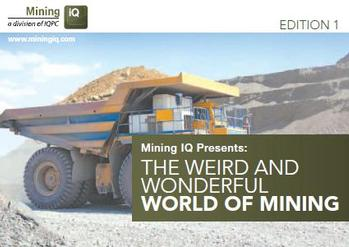November 22, 2012 08:00 ET
SUDBURY, ONTARIO–(Marketwire – Nov. 22, 2012) – Northern Superior Resources Inc. (the “Company” or “Northern Superior”) (TSX VENTURE:SUP) is pleased to announce that it has been named the 2012 “Prospector of the Year” by the Association L’Exploration Miniére du Québec (AEMQ). According to its web site, “each year the AEMQ recognizes and honors the dynamism and entrepreneurship of companies and individuals involved in the development of Quebec’s mining and exploration industry.”
Specifically, the AEMQ “Prospector of the Year” award is presented to “highlight the importance of a new discovery that produced a significant ripple effect on exploration activities with regard to both the property itself and the surrounding area” and was awarded to Northern Superior in recognition of the importance of the Croteau Est Gold discovery in the Chapais, Chibougamau and Oujé-Bougoumou regions of Quebec.
Since commencing operations on the Croteau Est property in August of 2011, Northern Superior’s exploration programs have defined and continue to expand a gold-bearing alteration corridor that extends to at least 450 m depth, is at least 1,000 m in length and 50 to 150 m in width. The alteration corridor and associated gold mineralization (75.44 g/ t over 4.80 m; 8.16 g/ t over 19.55 m, as examples) remains open along strike in both directions and at depth (see press releases March 1, June 11, October 8, November 12, November 20, 2012).

























